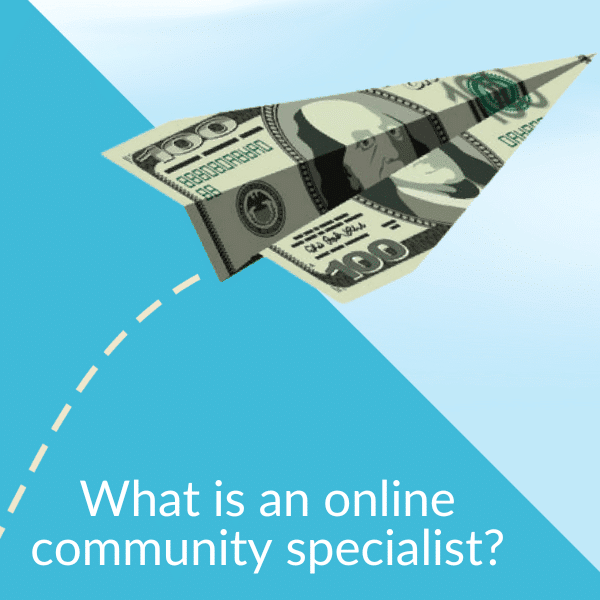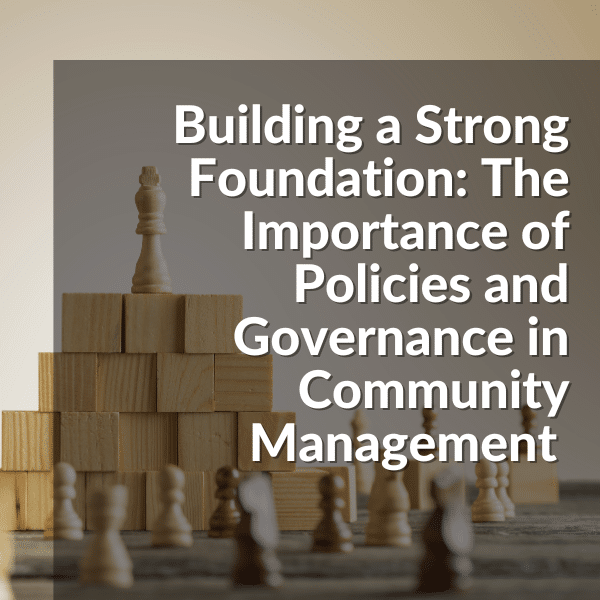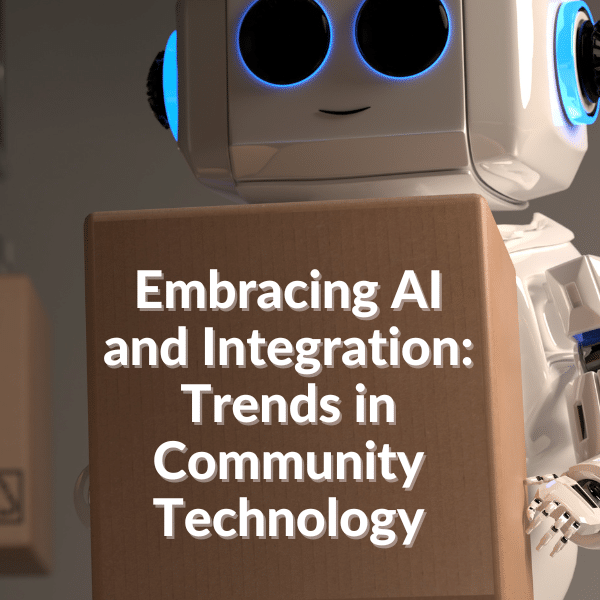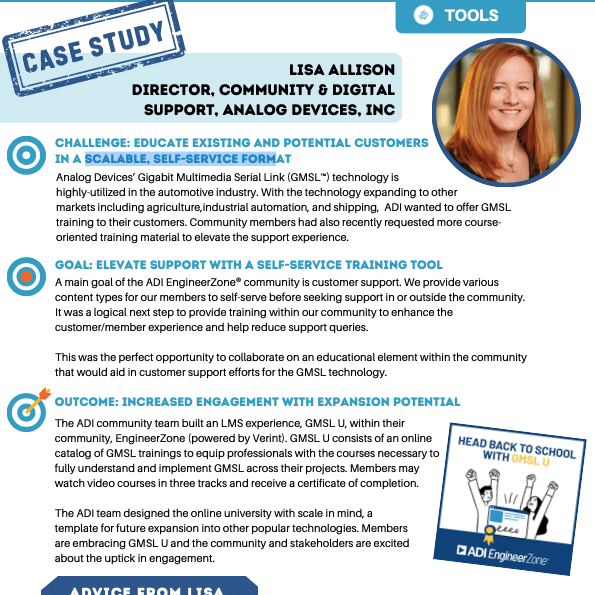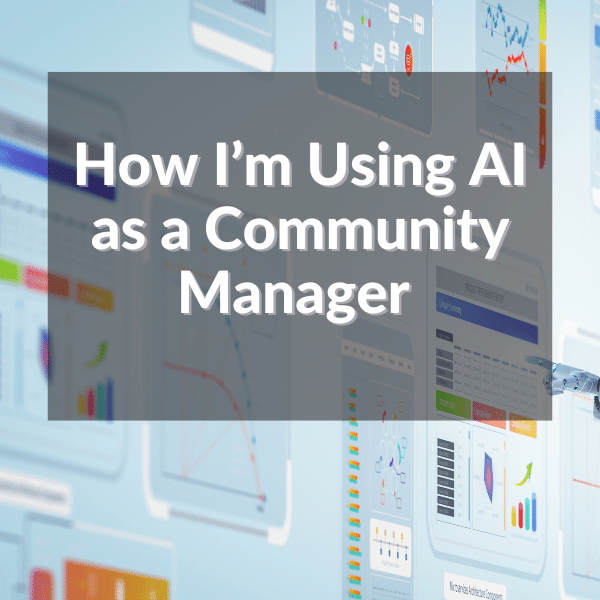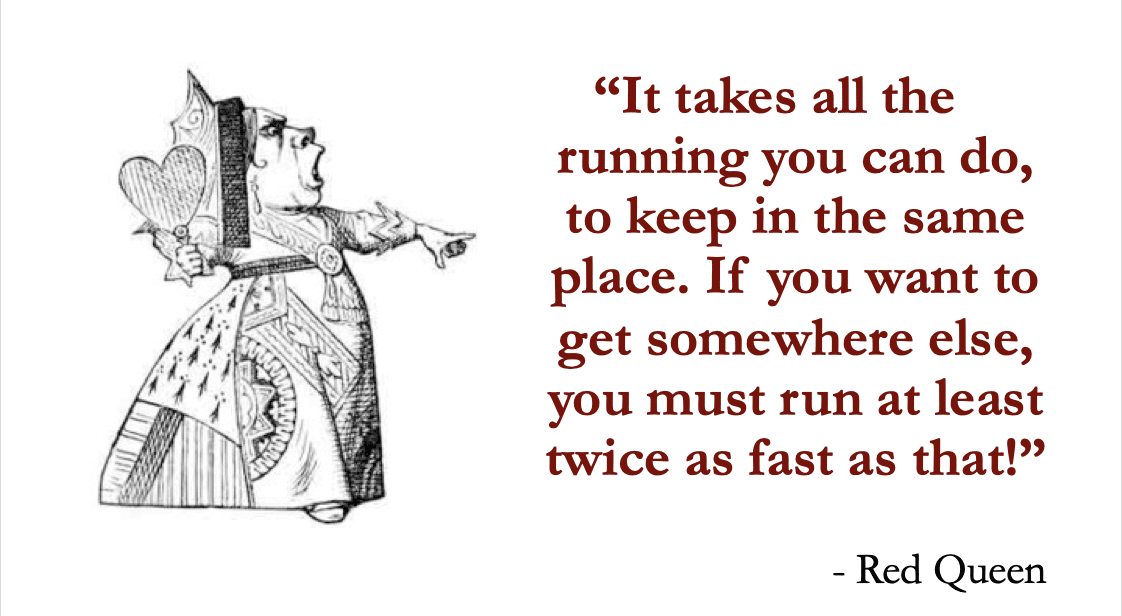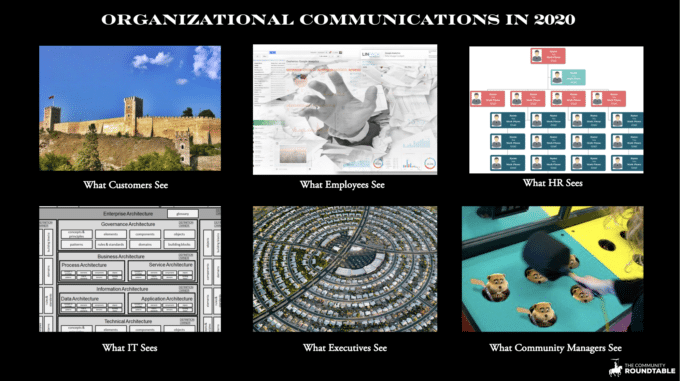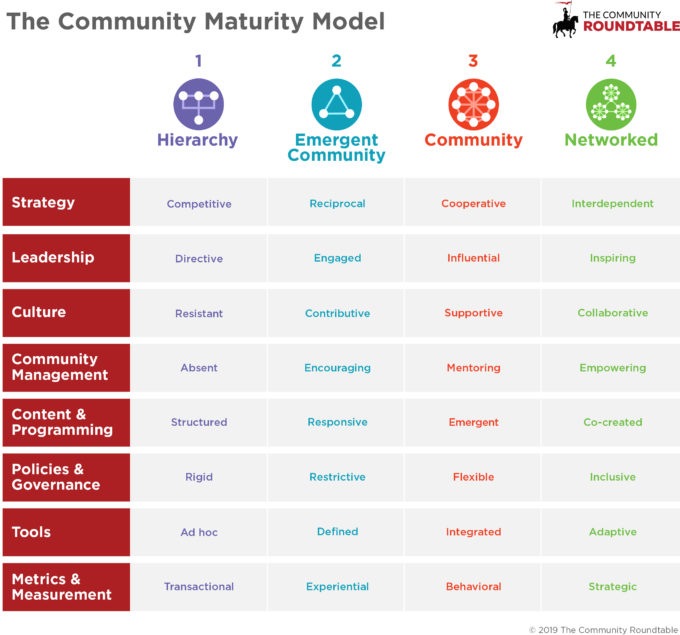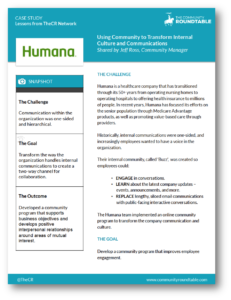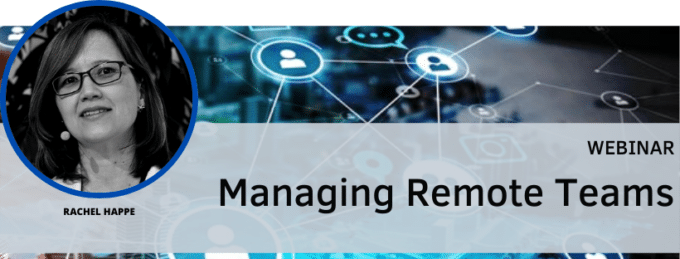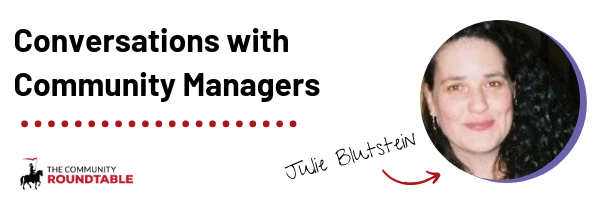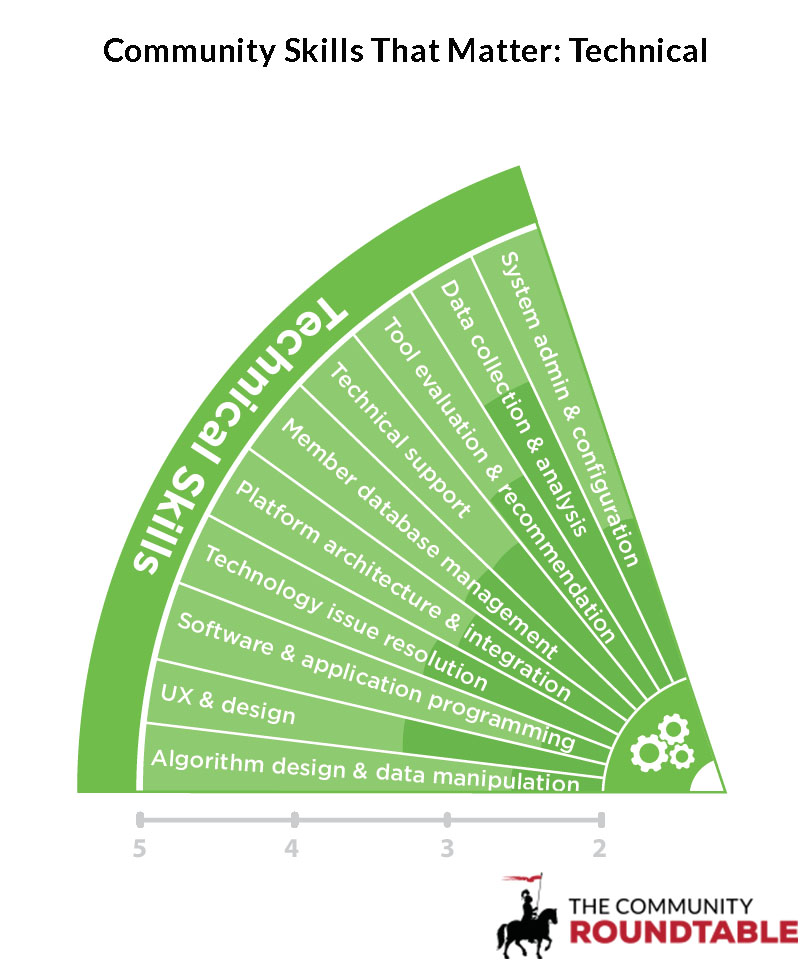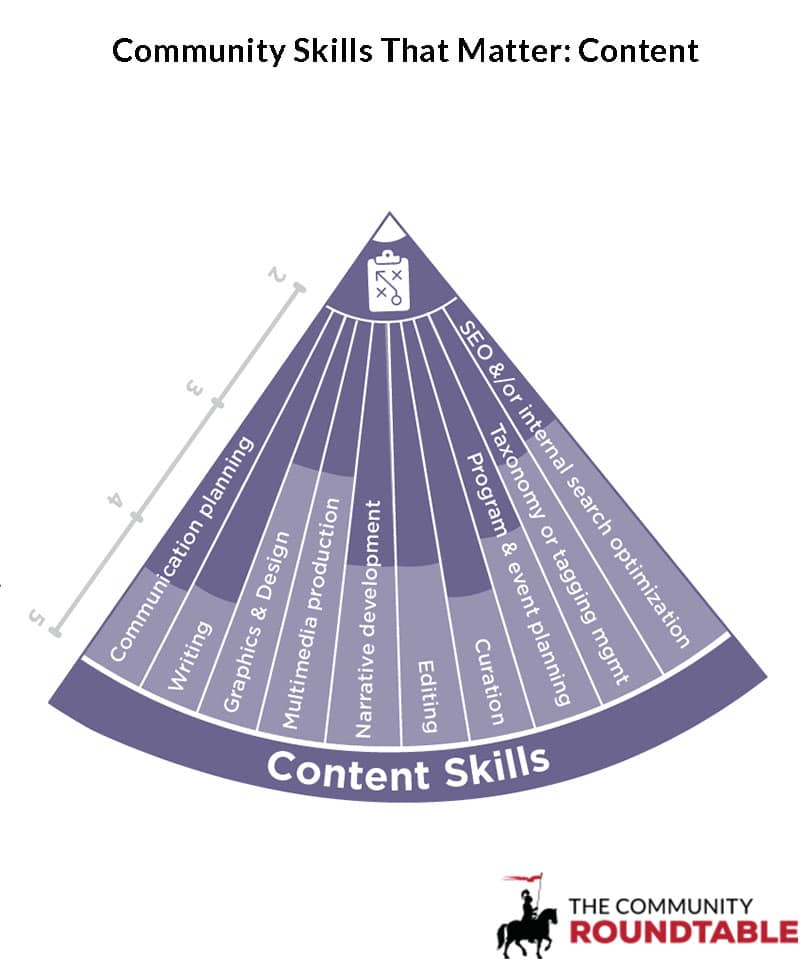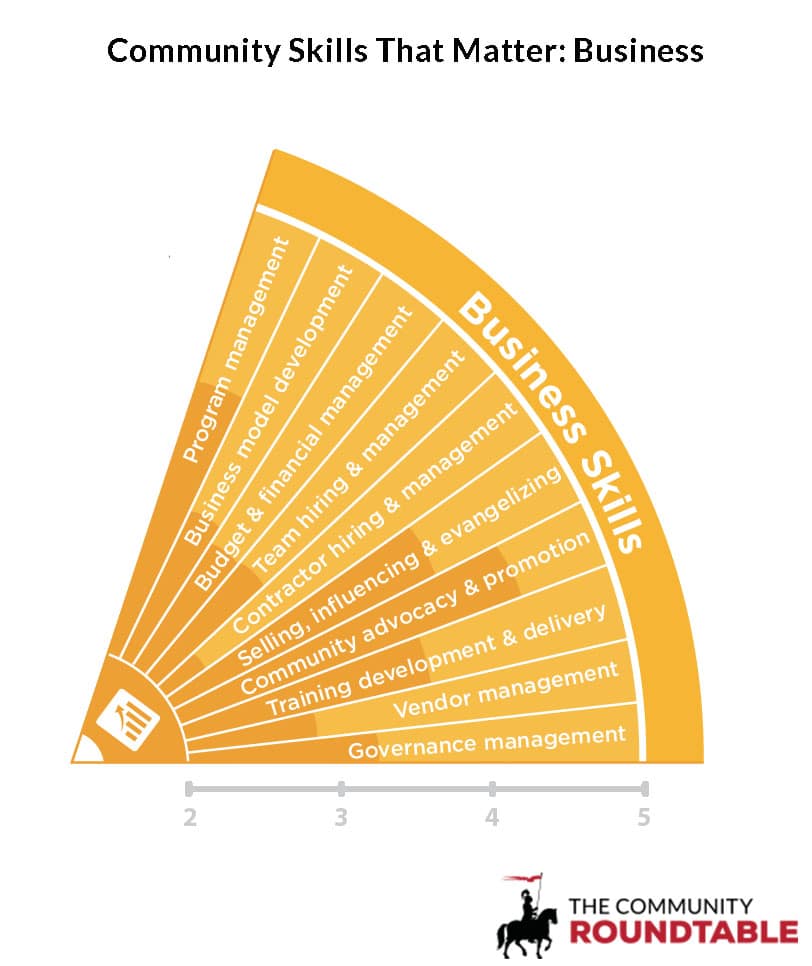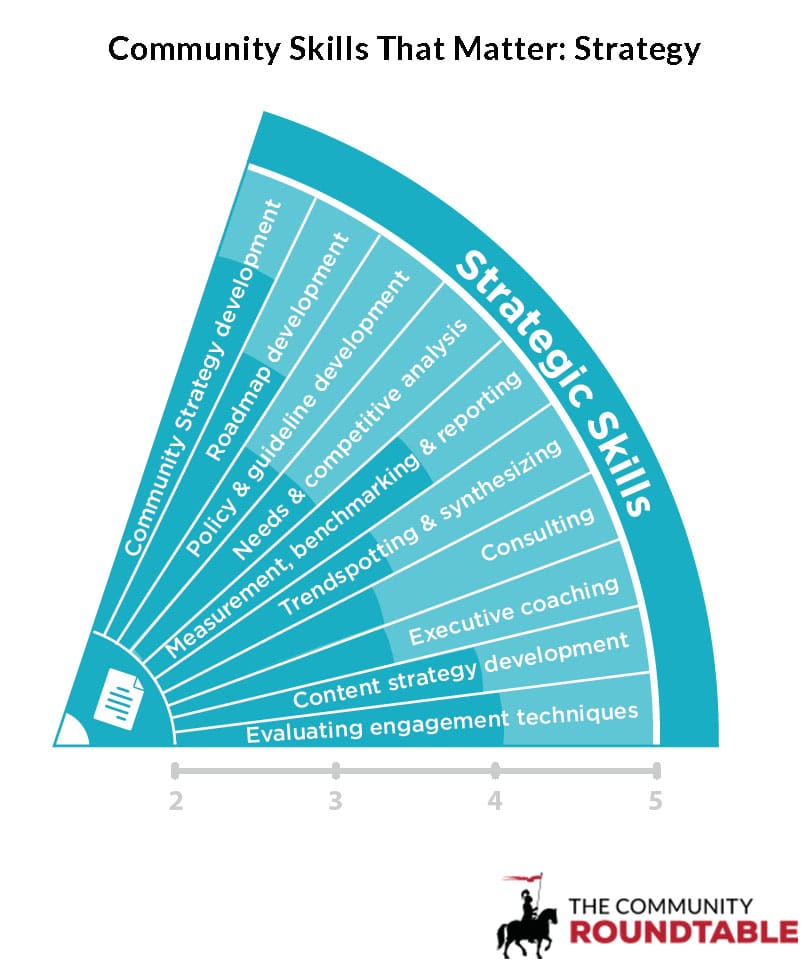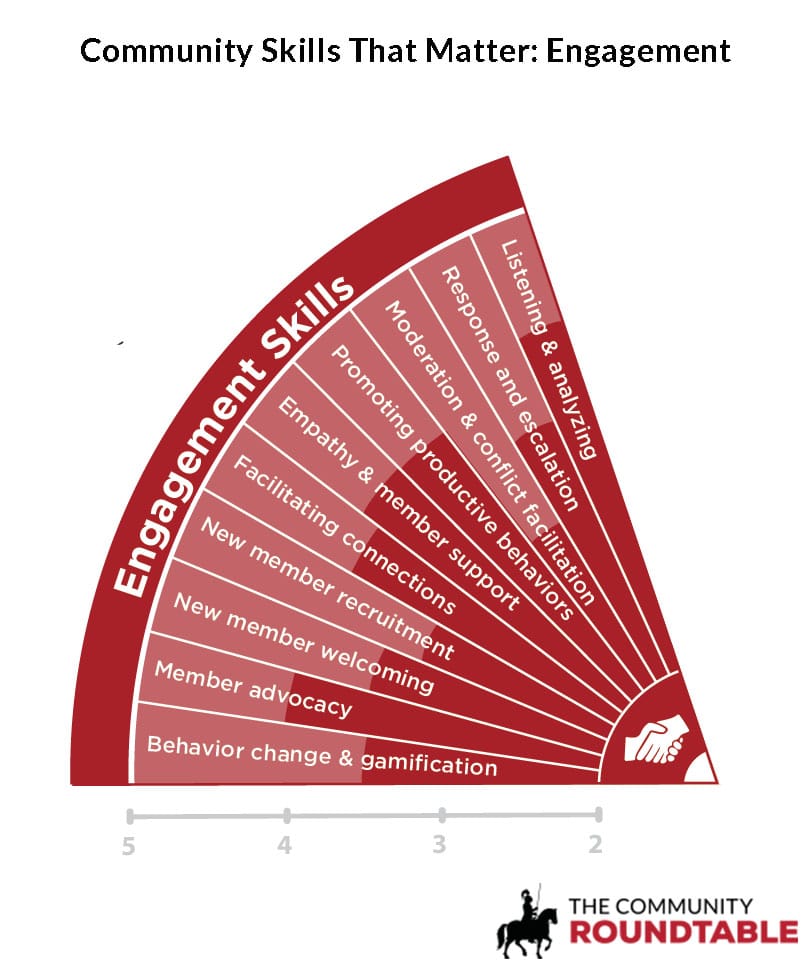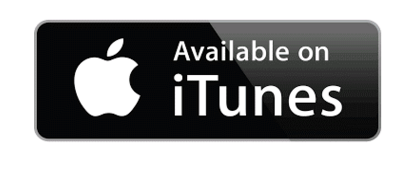Community Conversations is a long-running podcast series highlighting community success stories from a wide variety of online community management professionals.
Episode #93 of Community Conversations features Helen Chen, Senior Community Manager at Research Innovations Incorporated (RII).
Hosts Jim Storer and Shannon Abram chat with Helen about her work building community at Research Innovations, including programs for remote employees, executive lunches, and philanthropy activities. She shared advice for community teams looking to more deeply connect with a internal audience and shared best practices for building and maintaining a collaborative and innovative culture for employees.
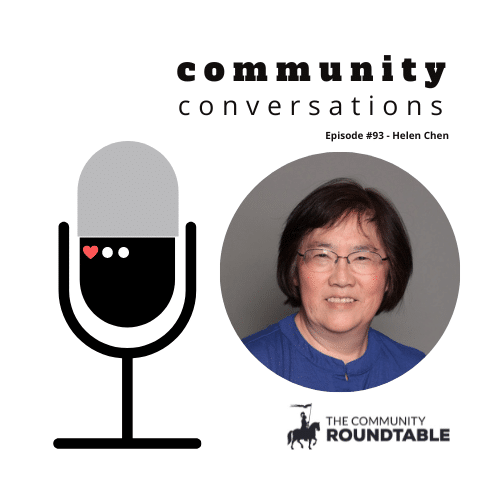
Listen to Helen Chen on Building and Maintaining a Strong Internal Community
Podcast: Play in new window | Download
About Helen Chen
Helen Chen is a Senior Community Manager at Research Innovations, Inc. She is a seasoned community strategist with proven experience leading public, private and social channel communities at organizations including VMWare, Carbon Black, and TheMathWorks.
Her specialties include community management, online learning, social media strategy, collaboration, web content development, organizational development, process optimization.
About Research Innovations, Inc
Research Innovations Inc. (RII) supports critical defense, intelligence, and cyber customers across the U.S. Government and with select international customers. RII is a leader in Joint All-Domain Command and Control (JADC2) efforts with its cutting-edge solutions, rapidly delivering transformative technology to customers and end-users to achieve its core purpose of “Creating RIIdiculously Awesome® solutions that make the world safer.” By combining user-centered design and agile development methods, they create innovative products and solutions for our customers. They focus on performing cutting-edge research and development of information systems that support Joint Command and Control, Mobile Computing and Cyberspace. Research Innovations is headquartered in Northern Virginia with several work locations and provides an environment and culture that rewards talent and accomplishment. They are a company of mission focused people who are satisfied when they deliver excellence and success to our customers.
Related Reading:
- Eight Ways to Improve Your Online Community Programs
- The community manager role today
- What is an online community specialist?
- Elevating Content & Programs for Community Growth
- Building a Strong Foundation: The Importance of Policies and Governance in Community Management
- No Question Left Behind: Transforming Community Engagement Through Effective Communication
- Embracing AI and Integration: Trends in Community Technology
- Scalable Self-Service in Online Communities
- How I’m Using AI as a Community Manager
- The Power of Metrics: Enhancing Community Engagement at ISTE+ASCD


